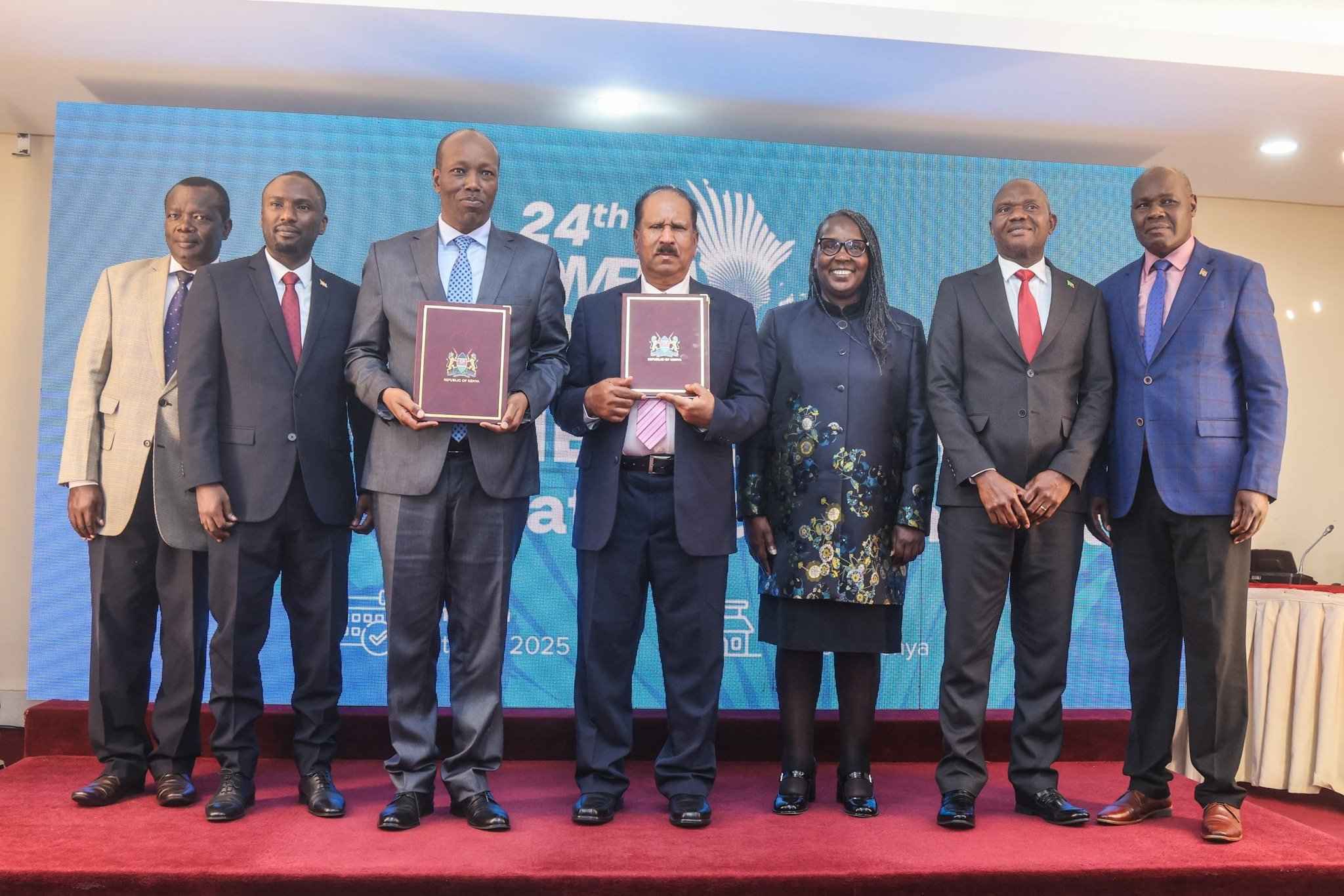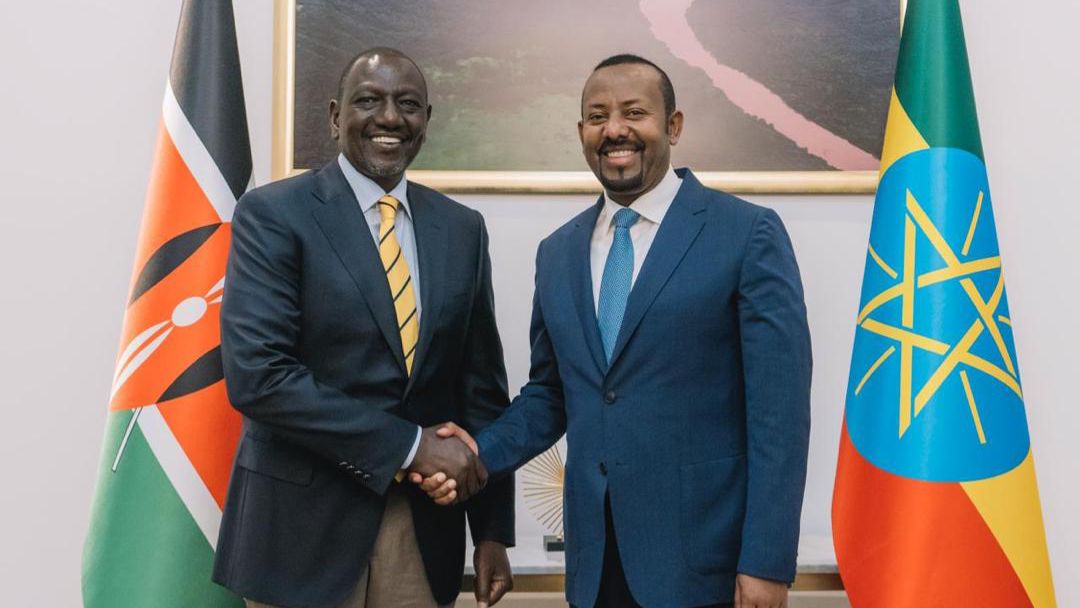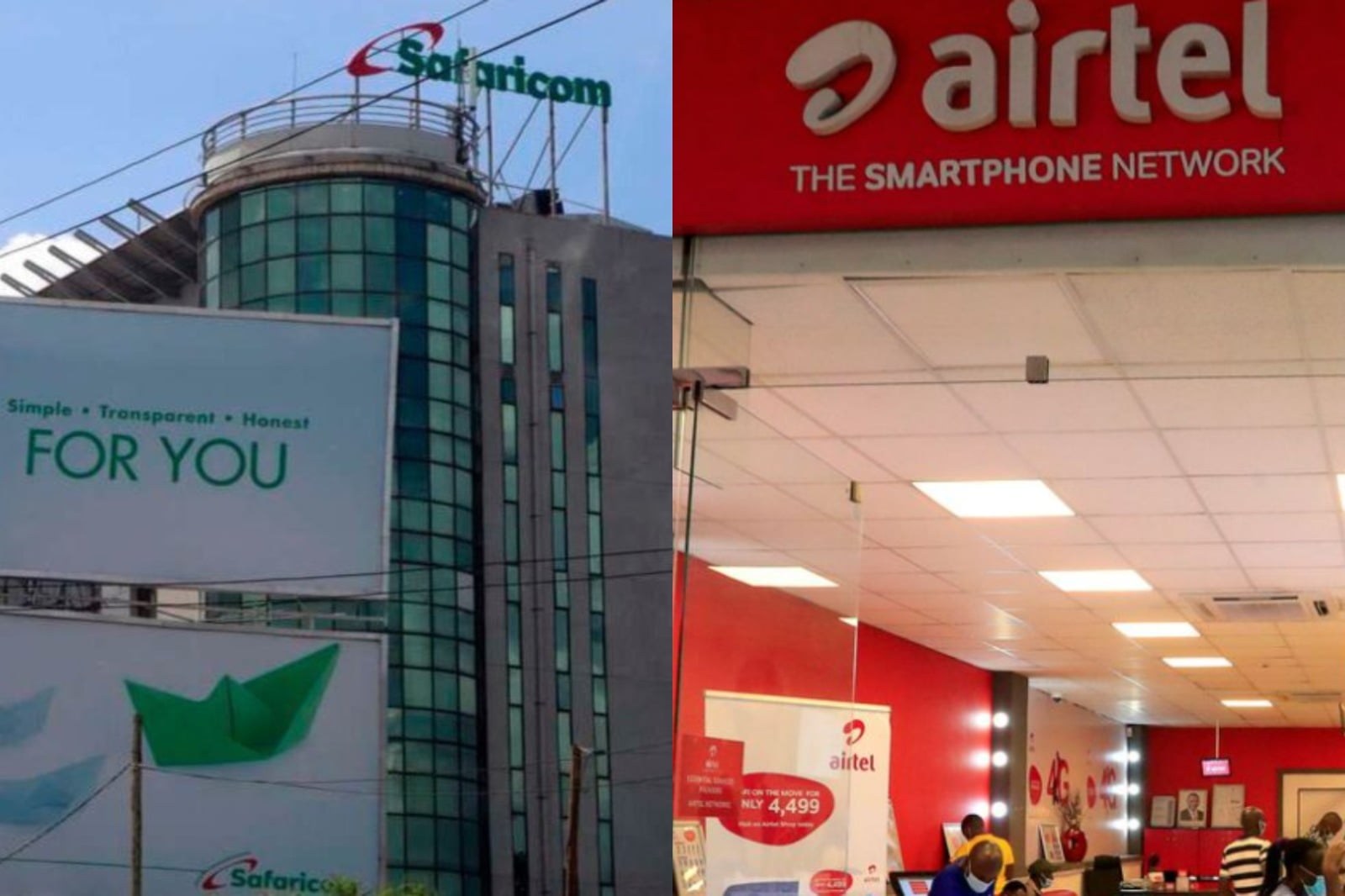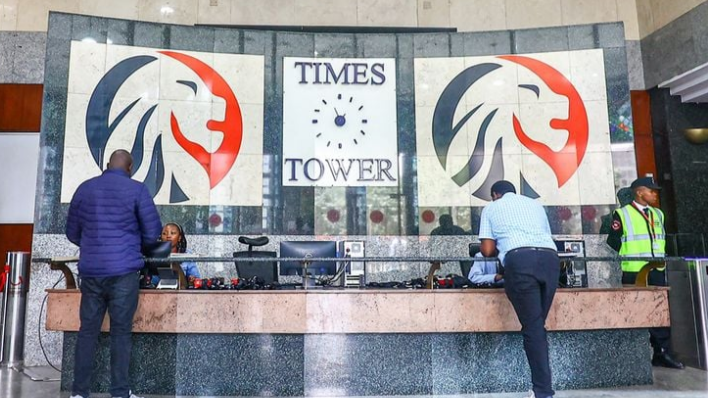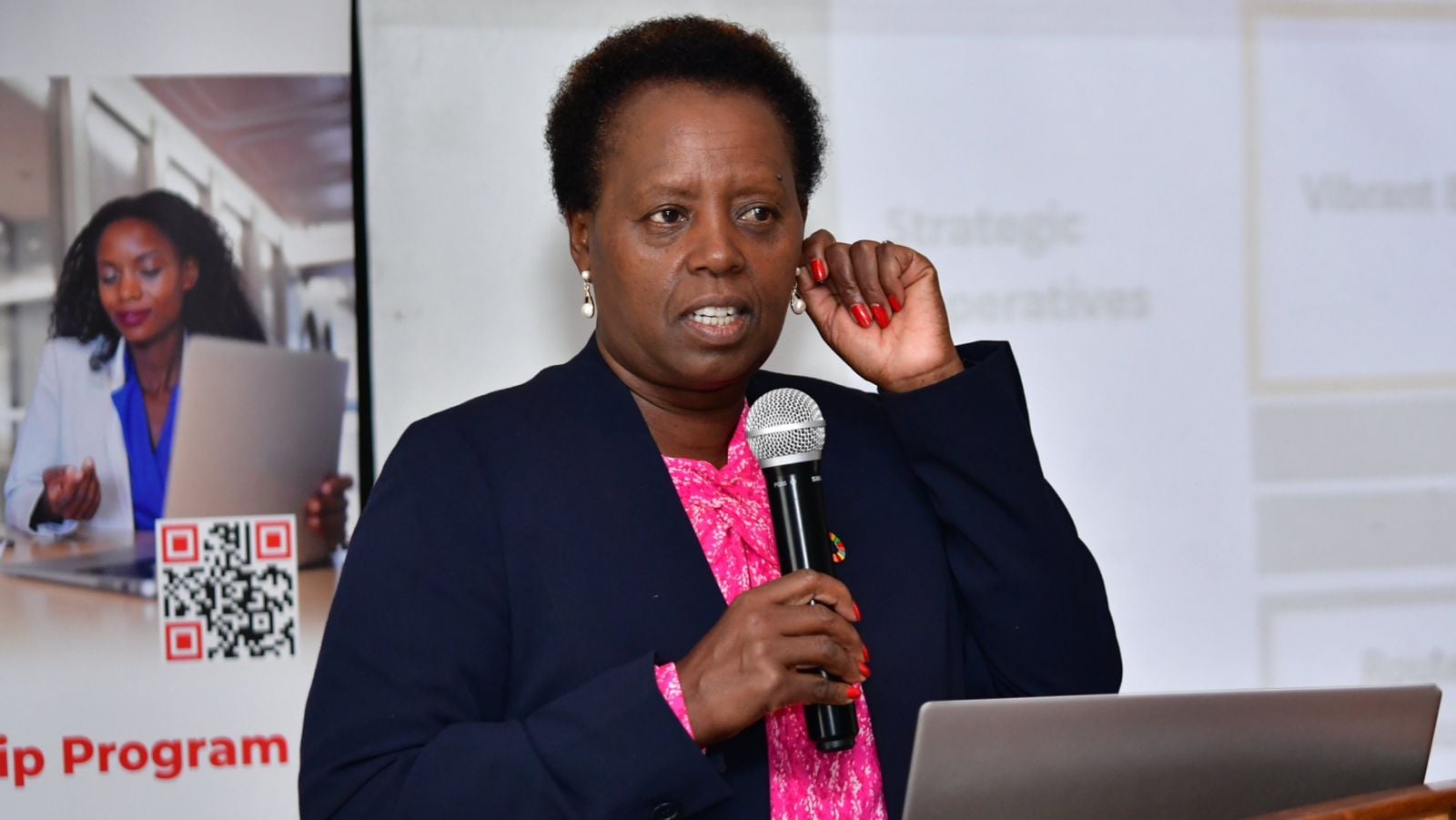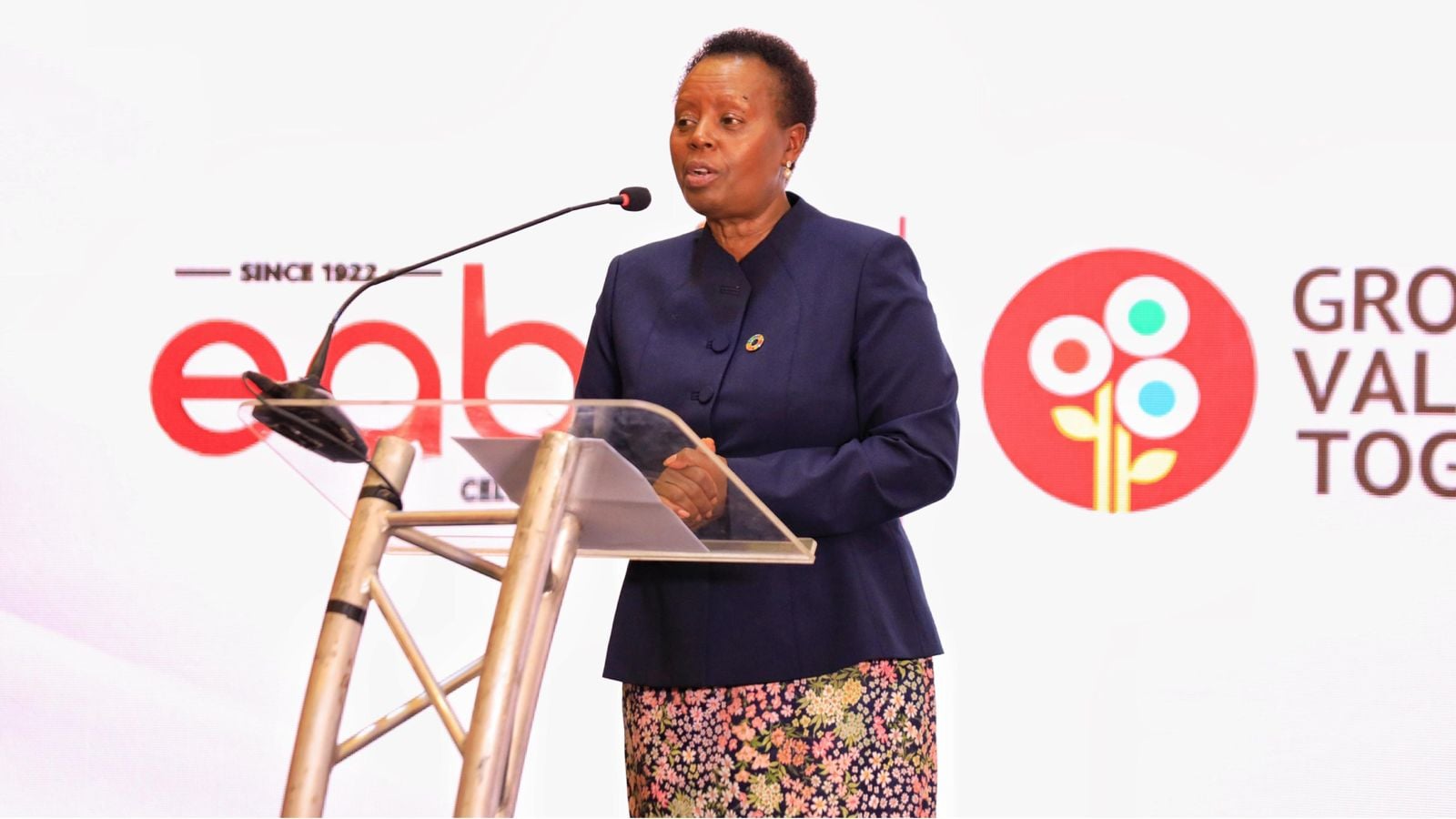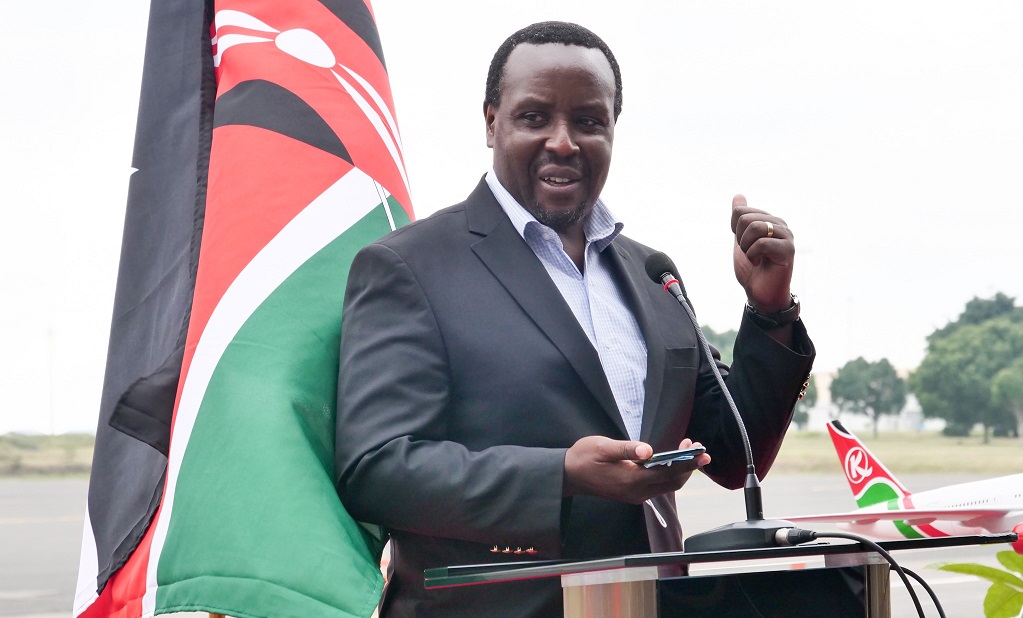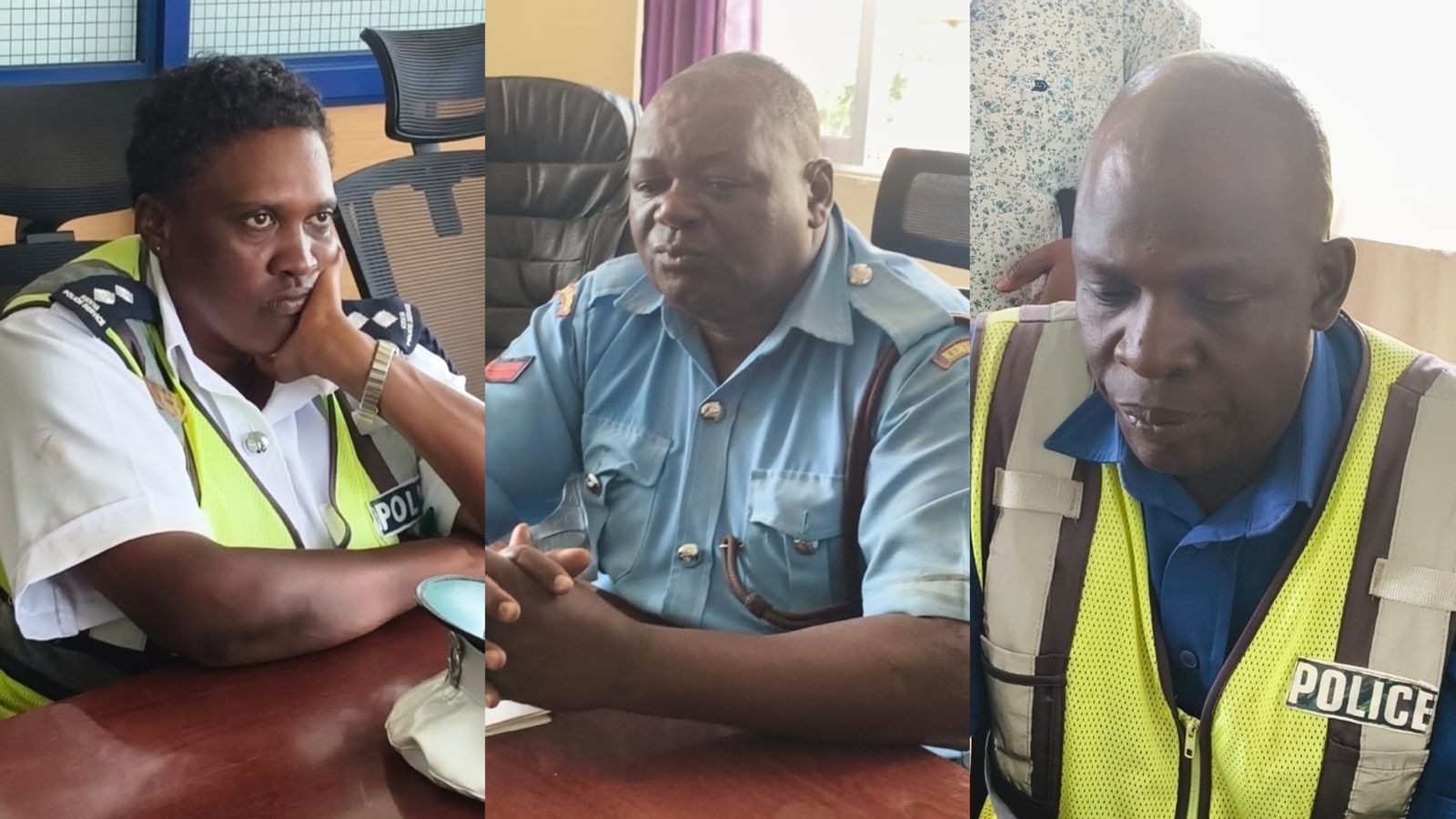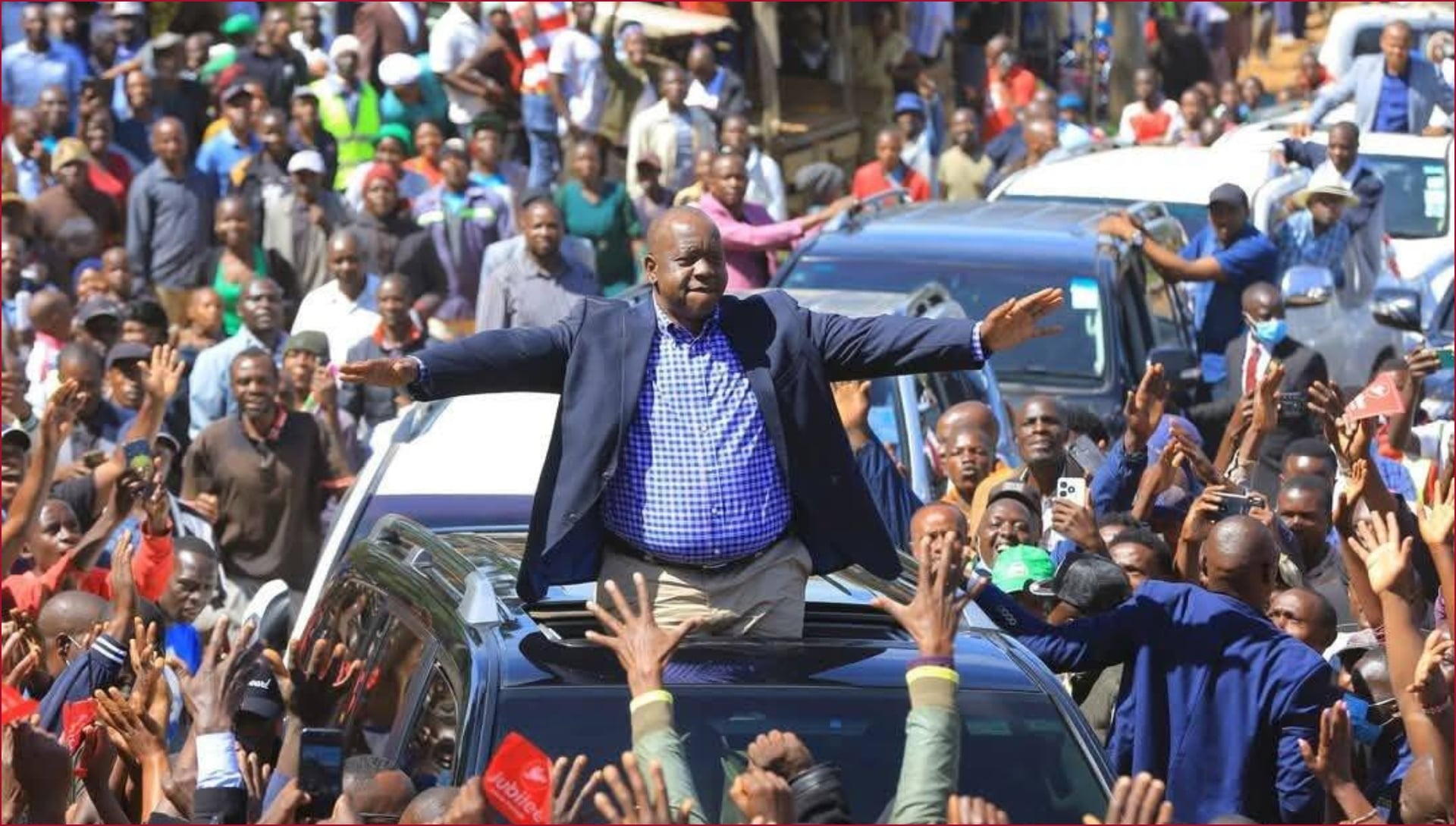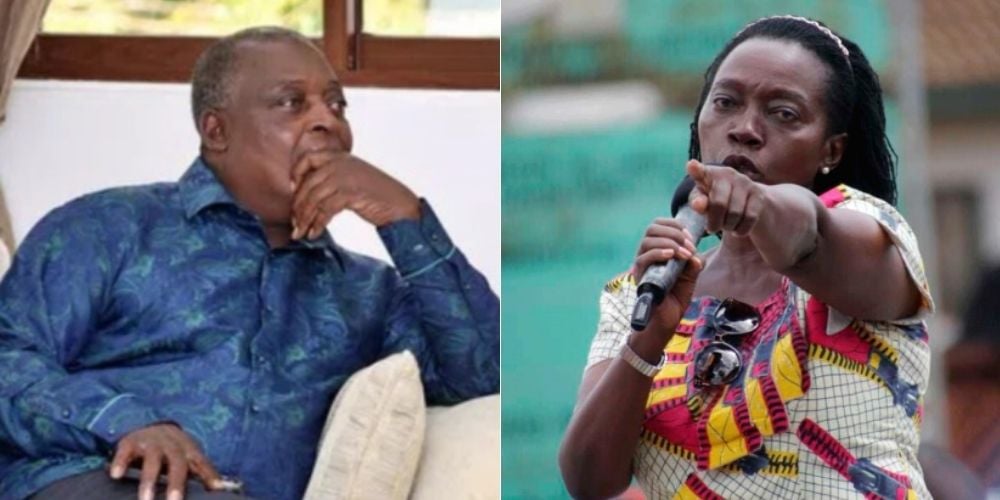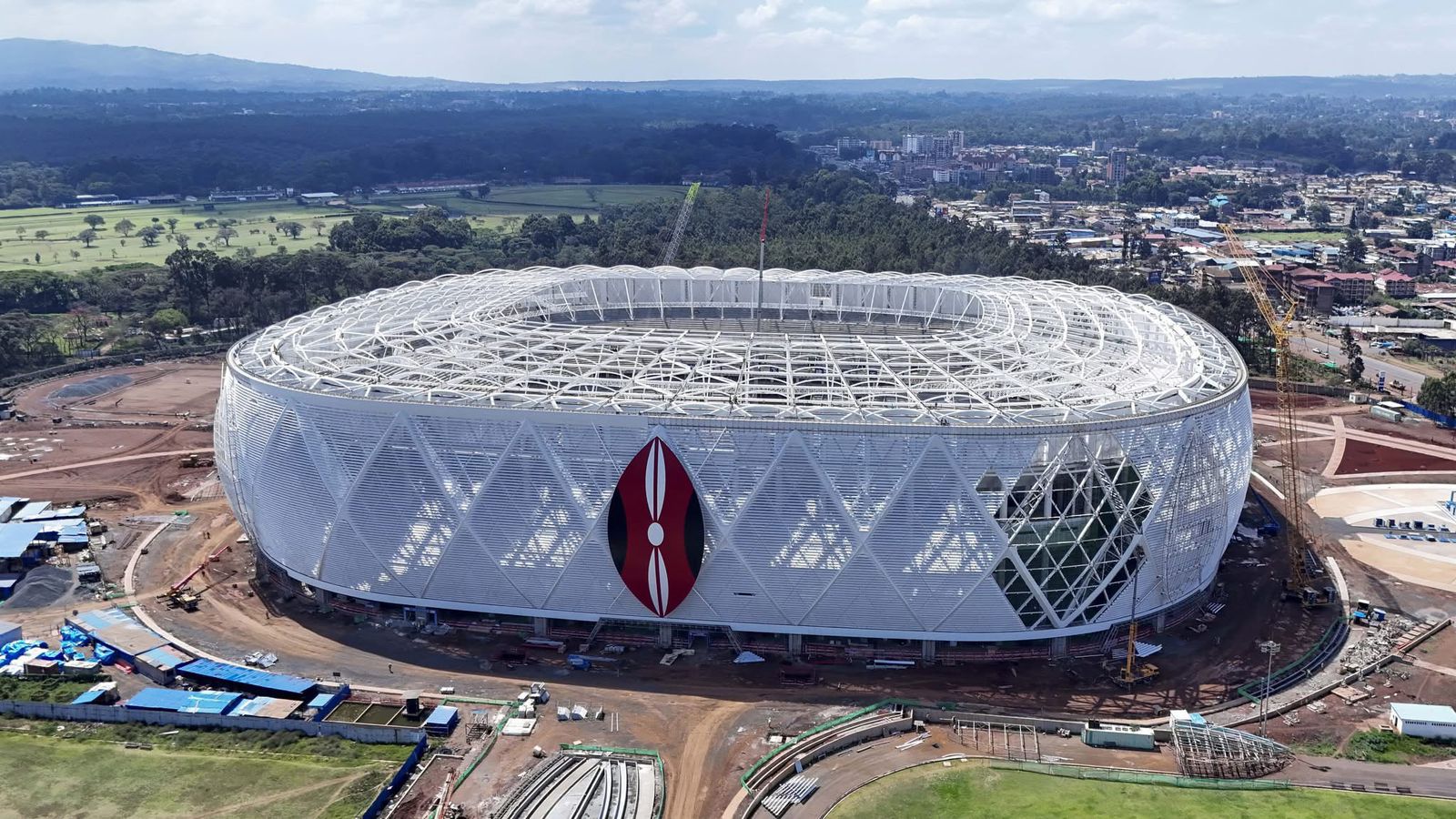As Nairobi prepares to host the 24th COMESA Summit of Heads of State from 7–9 October 2025, the event has become far more than just a diplomatic gathering.
With the theme “Leveraging Digitalisation to Deepen Value Chains for Sustainable and Inclusive Growth,” the summit places labour and collaboration at the core of regional integration, signalling a shift from high-level commitments to practical reforms that directly affect workers, small traders, and producers across Africa.
Kenya, the incoming chair of COMESA for 2025–2026, is keen to steer this agenda. It is positioning labour and collaboration not as abstract principles but as everyday realities that affect how goods are made, how services are delivered, and how regional trade benefits ordinary citizens.
The emphasis goes beyond factory floors and logistics networks to include the informal traders, many of them women, who move goods across borders daily. Collaboration refers to harmonised customs, shared infrastructure, digital payments, and coordinated policies that make trade more predictable and efficient.
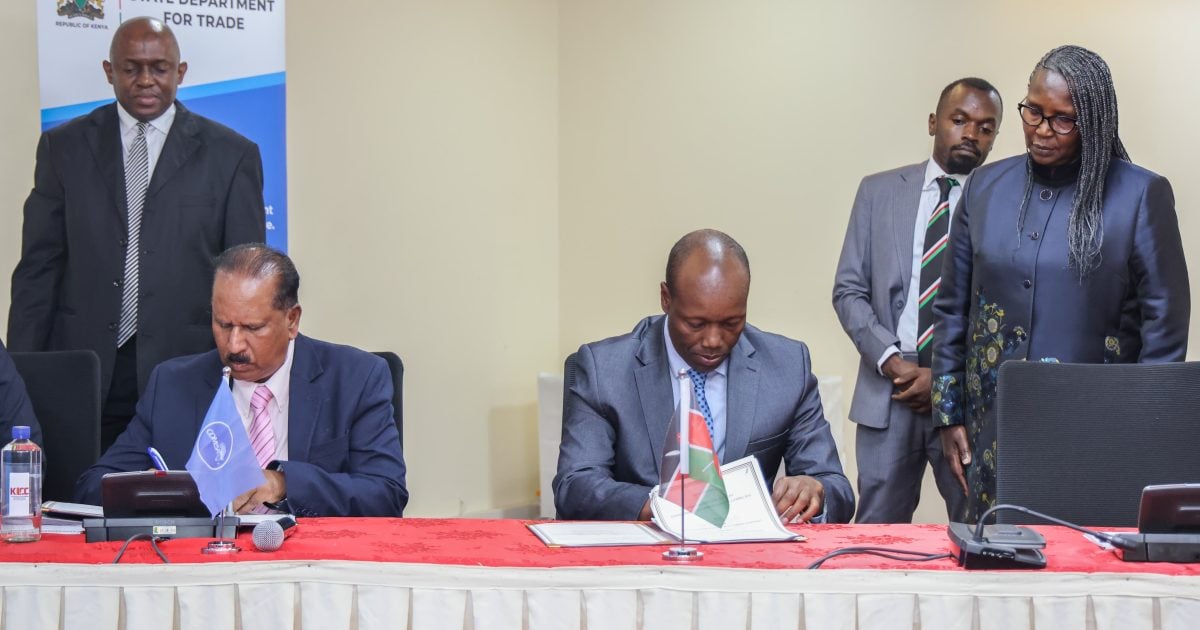
Read More
This vision is reflected in Kenya’s domestic reforms, particularly the County Aggregation Industrial Parks (CAIPs), Special Economic Zones (SEZs), and Export Processing Zones. These initiatives, anchored in the Bottom-Up Economic Transformation Agenda (BETA), aim to spread industrial growth beyond Nairobi and Mombasa while linking farmers and small businesses to larger markets.
In counties such as Nakuru, Busia, Murang’a and Bungoma, new processing facilities and logistics centres are being developed to absorb labour, keep value within communities, and expand collaboration across sectors.
Trade Principal Secretary Regina Ombam has underlined the summit’s focus on small and medium-sized enterprises (SMEs). Speaking to the national broadcaster KBC, Ombam noted that the event extends beyond the Heads of State meeting on 9 October, beginning with the EU Connect horticultural forum on 6 October, followed by a business forum and three-day exhibition.
“These fairs are very good because they are a way of learning more about what other members are bringing to the space and also giving SMEs an opportunity to learn and improve whatever product they have, and people understand what they are producing. It gets to open the space for them,” she explained.
.png)
The exhibitions will showcase youth innovation and entrepreneurship from all 21 COMESA member states. Ombam further highlighted that digitalisation, a central theme of the summit, is particularly geared toward young people, describing them as the continent’s tech-savvy problem-solvers already creating tools that make trade easier.
Digital infrastructure is already reshaping trade. The Regional Payment and Settlement System (REPSS), operated through the COMESA Clearing House, allows transactions in local currency, cutting costs and delays associated with dollar or euro settlements.
This innovation is especially beneficial to SMEs and informal traders who previously faced prohibitive banking costs. Broader adoption of REPSS is expected to be championed during the summit.
Trade facilitation measures such as One Stop Border Posts (OSBPs) and simplified customs procedures are expected to be high on the agenda. For informal traders, delays, arbitrary charges, and cumbersome paperwork remain persistent challenges.
By harmonising standards and clearance rules, COMESA hopes to create a smoother trading environment that reduces uncertainty and empowers small traders, particularly women, who form a large share of cross-border commerce.
Yet collaboration extends beyond infrastructure and regulation. It also means building a workforce ready to sustain these changes. Skills shortages remain a critical bottleneck in agriculture, manufacturing, and digital services.
The emphasis on inclusion is deliberate. For too long, regional trade has largely benefited large corporations, while small-scale actors operated in the margins. COMESA leaders, led by Kenya, now appear intent on closing this gap by formalising informal trade, offering access to finance, and reducing risks for vulnerable groups.
The real test of the summit, however, lies in implementation. Faster clearances at OSBPs, greater uptake of REPSS, and visible job creation in SEZs and CAIPs will be tangible indicators of success. If small producers gain easier access to markets and workers find opportunities in value-added industries, the summit will have delivered on its promise.
Despite the progress made, challenges still remain. Differences in capacity among member states, gaps in transport and energy infrastructure, and regulatory misalignments could slow achievement of intended goals.
"As a region, we have made significant strides, including the recent entry into force of the COMESA–EAC–SADC Tripartite Free Trade Area, which creates Africa’s largest integrated market. However, challenges persist. We must continue to work collectively to remove Non-Tariff Barriers and harmonise our policies to unlock the full potential of intra-COMESA trade.
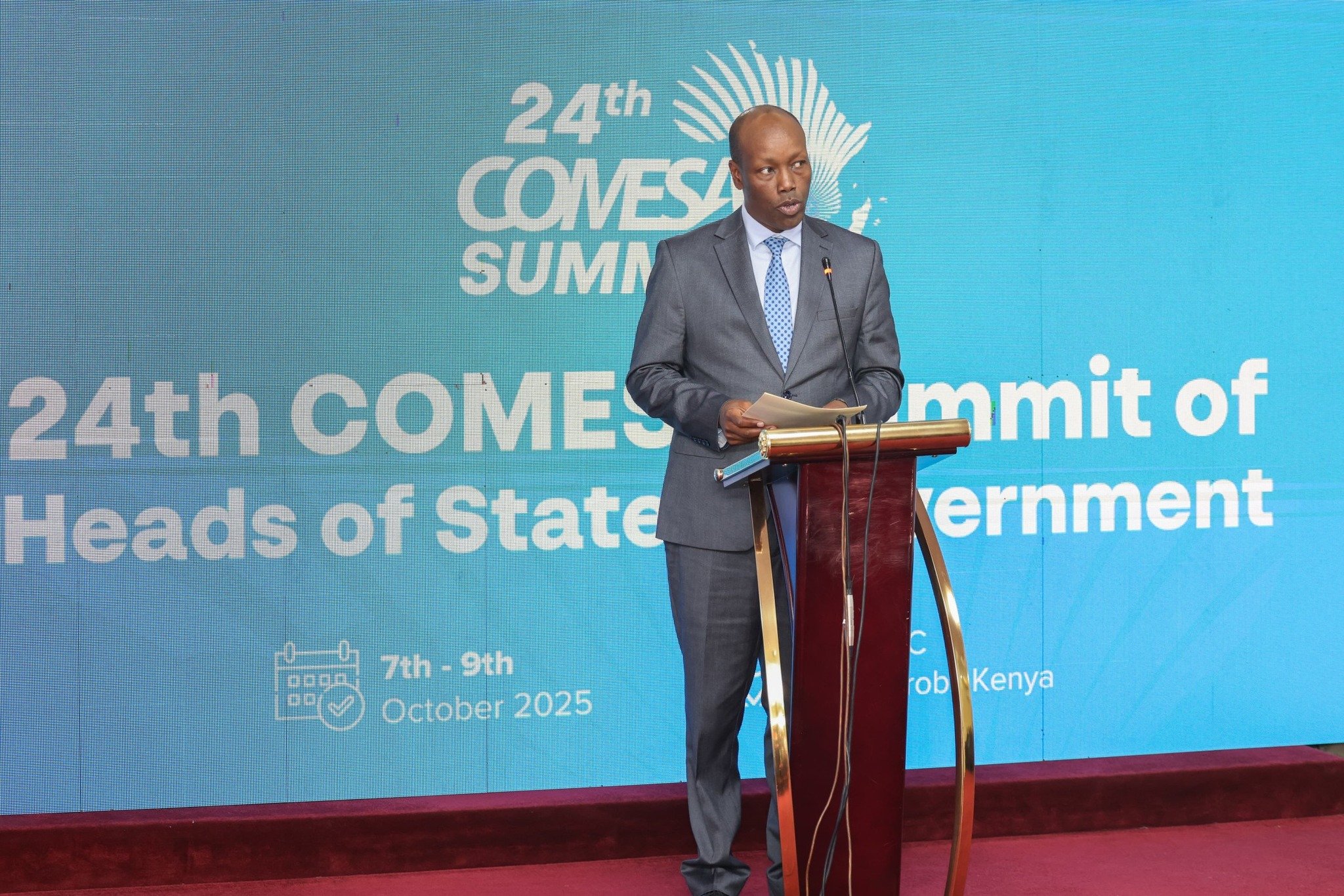
“The work ahead is not for one nation alone. It requires the sustained political will and concerted effort of all our member states to ensure that the resolutions we adopt translate into tangible benefits for our people," said Lee Kinyanjui, the Cabinet Secretary for Investments, Trade, and Industry.
The risk is that without strong enforcement and inclusive approaches, benefits may bypass marginalised groups. Ensuring political will and sustained investment will therefore be critical.
For Kenya, the stakes are high. By hosting the summit, it has the opportunity to shape an agenda that links regional policy with local reforms. The goal is not only to expand trade but to ensure that trade translates into decent jobs, stronger SMEs, and more resilient communities.
Ultimately, the 2025 COMESA Summit is about making regional integration real for ordinary Africans. It is about reducing the costs that erode small traders’ profits, recognising the contributions of women in cross-border commerce, giving youth a stake through digital innovation, and building infrastructure that links rural producers to global markets.
"This summit will reinforce COMESA’s position as a formidable economic bloc. It is a chance to demonstrate how governments, the private sector, and development partners can collaborate to transform our economies.
“The public must understand why COMESA matters, what it stands for, and what it brings to Kenya and the region. Trade is central to job creation, economic growth, and raising living standards. This summit is a step toward achieving that vision,” said Dr Dev Haman, COMESA's Assistant Secretary General for Administration and Finance.
By placing labour and collaboration at the centre of discussions, Nairobi’s summit could redefine what integration means: not simply treaties and speeches, but everyday improvements in how Africans trade, work, and thrive together.
